what is gear-up?
GEAR-UP is a transformative initiative aimed at revolutionizing the manufacturing sector through sustainable practices and advanced technologies. The project focuses on developing digital tools and methodologies to address the variability of recycled materials, specifically targeting stainless steel, aluminum alloys, and fiber-reinforced plastics for additive manufacturing (AM). Additionally, GEAR-UP sets ambitious goals for enhancing sustainable product design through innovative simulation and modeling software.
Challenges
To tackle the challenges associated with secondary materials, such as performance variability, the project emphasizes resilient design and life-cycle environmental impact assessment The use of recycled materials in engineering design, stands to significantly improve sustainability practices worldwide. GEAR-UP looks at the possibility of using three different recycled materials, namely aluminium, stainless steel and fibre reinforced plastic. The effects that trace elements have on material variability in recycled aluminium and steel will be explored. Additionally, we will delve into the inferior strength characteristics of fibers and plastics as evident in their structural builds.
The goal of GEAR UP
The initiative employs simulation-driven approaches to optimize various AM processes, including laser beam-directed energy deposition, metal laser beam powder bed fusion, and fiber-reinforced polymer material extrusion. By using recycled materials in engineering design, GEAR-UP aims to significantly reduce the use of virgin resources, energy consumption, and greenhouse gas emissions.
Overall, GEAR-UP represents a paradigm shift in engineering design, focusing on the circular value chain and developing universally adaptable AM technologies resilient to material variability. This initiative is expected to have a direct impact on the high-performance consumer products, green energy, and high-tech robotics markets.
Use cases

Part 1: Metal AM-PBF-LB of robot gripper (ALSi10Mg)
Rationale:
3D production relies heavily on titanium for manufacturing powder bed fusion (PBF). They use titanium to create various components, including bike parts, robot grippers, and hunting gun silencers.
However, there are some drawbacks to using titanium. Titanium has a complex and energy-intensive extraction and purification process, contributing to its high price tag. On the other hand, aluminum is abundant in the Earth’s crust, and the energy consumption during extraction and refining is relatively low, resulting in moderate production costs. It is 60% lighter than the commonly used titanium alloy, Ti-6AL-4V. However, AlSi10Mg does not concerns, 3D production is no exploring using recycled aluminum. Due to gas to the gas filters.
Thus, a fraction of larger particles will help mitigate losses during the PBF process. The resulting “green series” parts are expected to be faster to produce, more cost-effective, and slightly bulkier than their titanium counterparts while maintaining their essential function.
Challenges:
- AlSi10Mg size distribution for faster production with less waste to filters.
- Dealing with impurities in recycled materials.
- Process parameters for small chemistry changes.
- Material property deviations due to trace elements.
- Acceptable element contents for the process.
- Process-specific problems due to trace elements.
Part 2: Metal AM-DED-LB/W of Pelton Turbine (13-4 stinless steel)
Rationale:
Norway’s service market for hydroturbines is 2-30 million EUR. In Europe, the estimated market size is approximately 100 million EUR. In some instances, entire turbines are replaced with new technology, while in others, units undergo refurbishment to restore them to their original condition through repair processes. Everyday repair tasks include addressing sealings, runners, and head- and bottom covers, which may require workshop-based repair welding and machining.
An intriguing possibility lies in automation—specifically, an automated robot welding system. This approach could yield higher-quality results, especially compared to traditional welding processes. By reusing more material, we can significantly improve the environmental footprint. Moreover, if successful, this process could extend beyond refurbishment and be employed in producing new components.
Additionally, additive production can potentially revolutionize Aker Solutions’ production methods. By utilizing additive techniques, they might reduce material spending by 50-80% compared to traditional milling processes. If this process meets the necessary qualifications, Aker Solutions could also apply the technology to offshore deliveries, where machining errors are intolerable, and any imperfections would currently require complete reproduction.
Challenges:
- Heat impact on the Pelton turbine material.
- Thermal-dependent parameters for larger parts.
- Dealing with impurities in recycled materials.
- Flexible process parameters for small chemistry changes.
- Material property deviations.

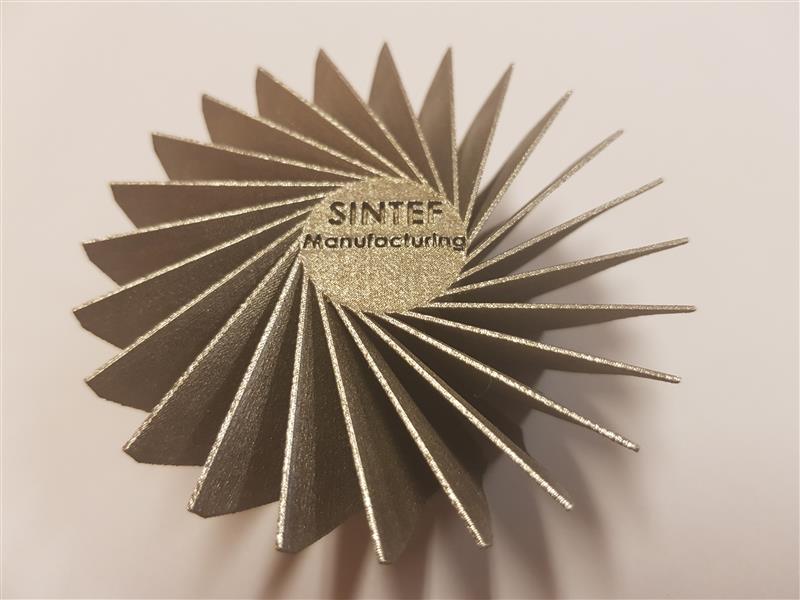
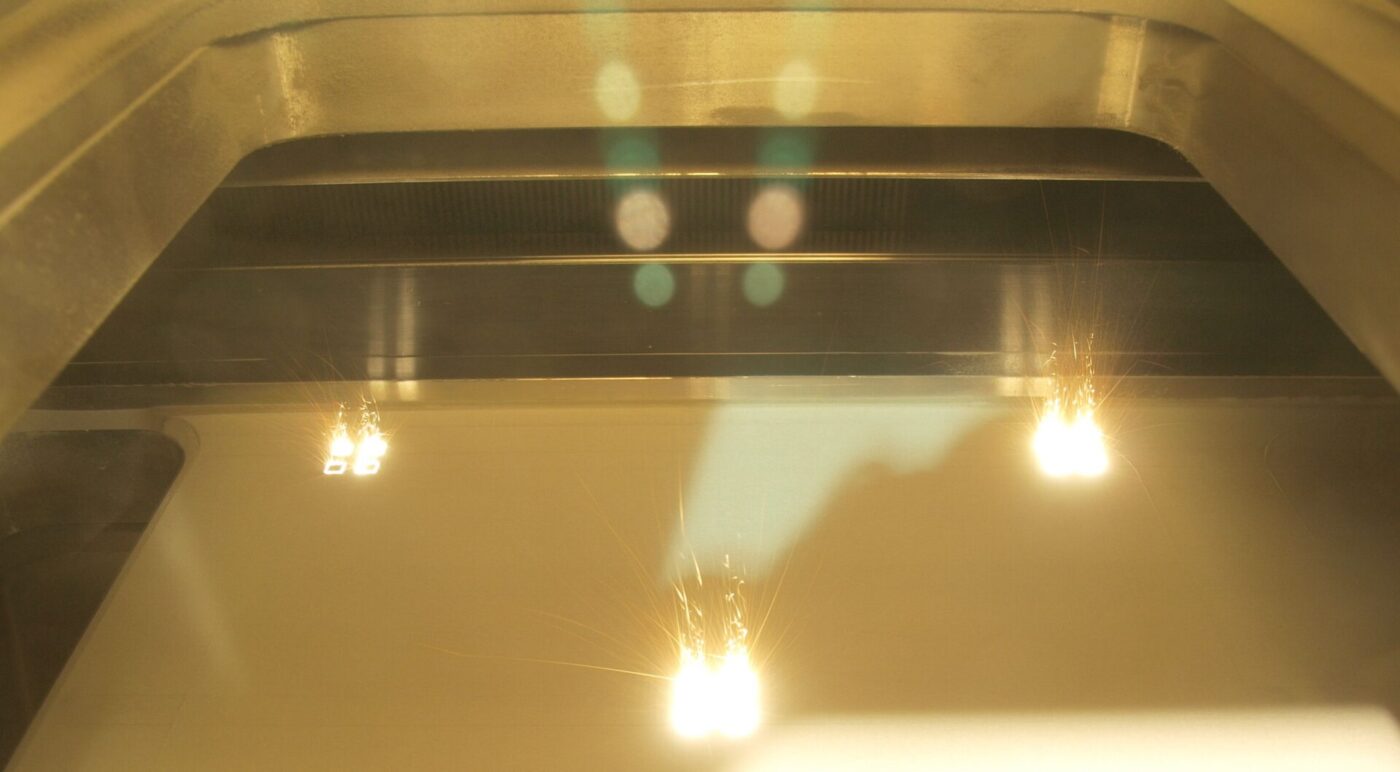
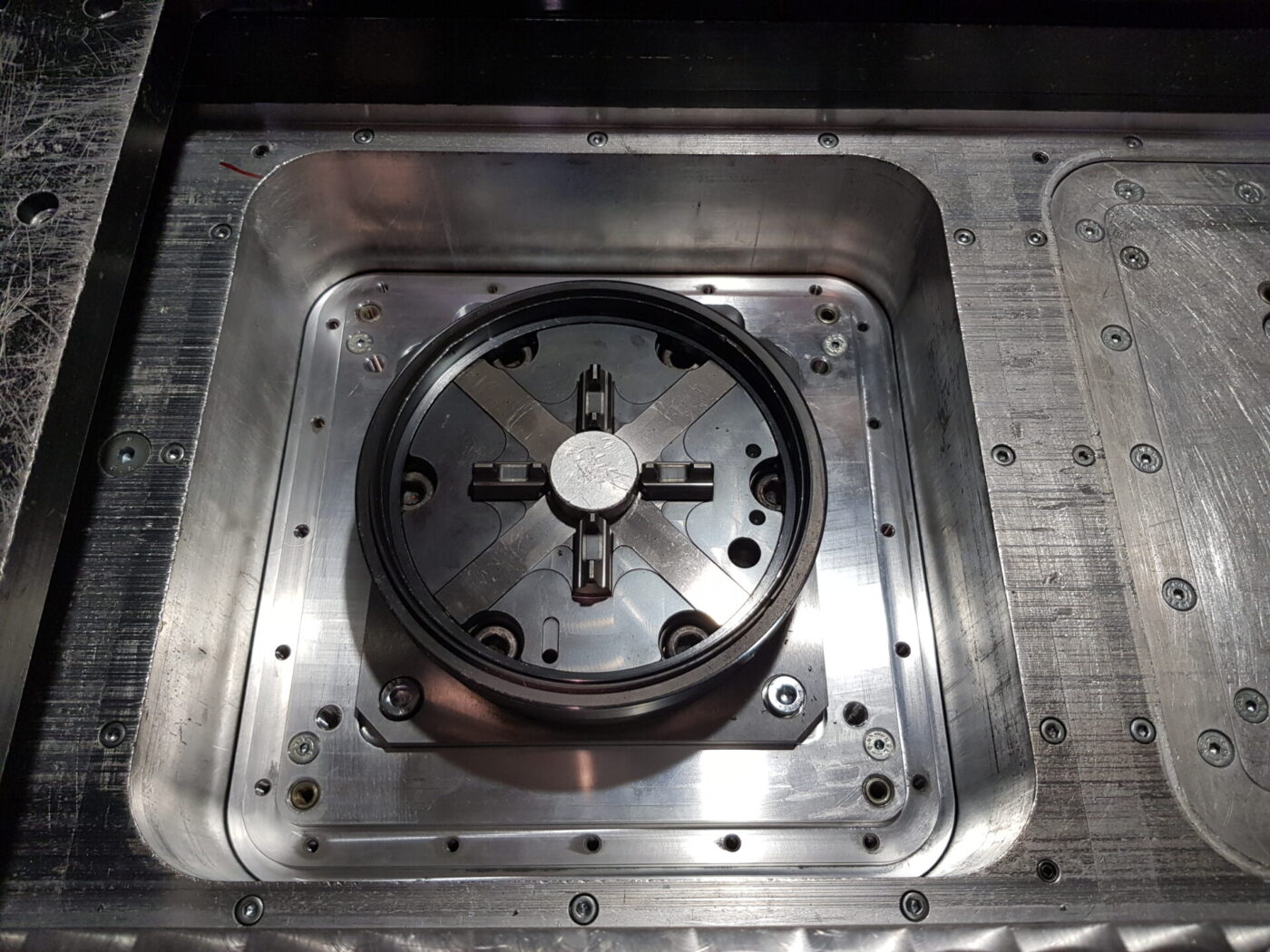
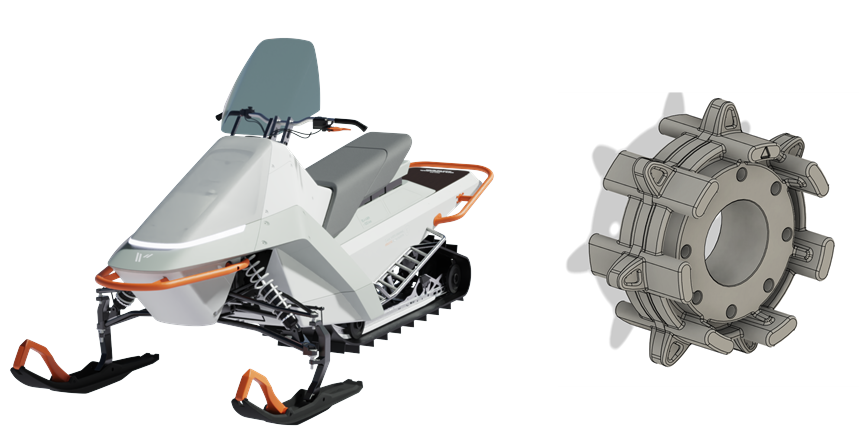
Part 3: Composite AM-ME-FRP (Polymer-CF/TiO2)
Rationale:
A vast amount of modern research is concerned with the recycling of polymeric materials. Many successful technologies have emerged, focusing on nanomaterials and composites with low or nano-scaled reinforcements. Stricter demands that require the development of circular materials have put pressure on the need to recycle polymeric materials with varying compositions and high heterogeneity. In GEAR-UP, patented technology of CelluCircle will be used to develop (nano)cellulose-based filaments that will be applied for 3D-printing of high-performance and high-volume materials.
Incorporation of high content of carbon fiber (CF) well dispersed into thermoplastic will provide the filaments and printed parts with an improved mechanical response to tensile and compressive stresses. On the other hand, the incorporation of nanosized titanium dioxide (TiO2) by COLFEED4Print will develop into the filament a photo-catalytic capacity valid to the design of new sustainable filters for water cleaning applications.
This case is to be performed by two deeptech start-ups founded as spin-offs of public research institutions (Stockholm University and the Spanish National Research Council-CSIC-) to transfer patented technologies developed inside.
Vidde Mobility is developing the world’s first circular, electric snowmobile that aims to break records. As a Swedish entrepreneurial company, Vidde is dedicated to accelerating the transition to sustainable mobility in winter and mountainous terrains. Their goal is to create a completely new type of electric-powered, future-ready snowmobile that boasts a long service life. 3D-printed cogwheels for snow scooter tracks must meet stringent requirements to ensure they function effectively in demanding environments. These demands can be categorized into mechanical, thermal, environmental, and design considerations.
Challenges:
- High level of heterogeneity and complexity in the recycled materials.
- The challenges with degradation during recycling and circular use of recycled materials.
- Mechanical & Thermal: Strong, wear-resistant, impact-tolerant, and stable in freezing temperatures.
- Environmental: Resistant to moisture, UV, and abrasion from snow, dirt, and debris.
- Design & Manufacturing: Lightweight, precise, customizable, and supports post-processing for durability.
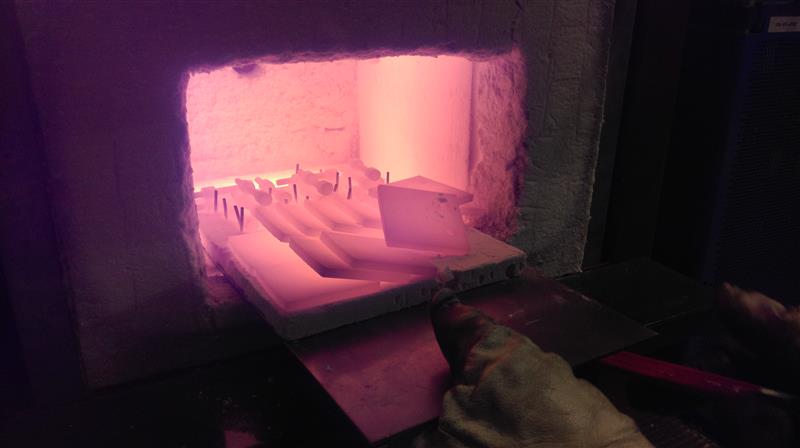
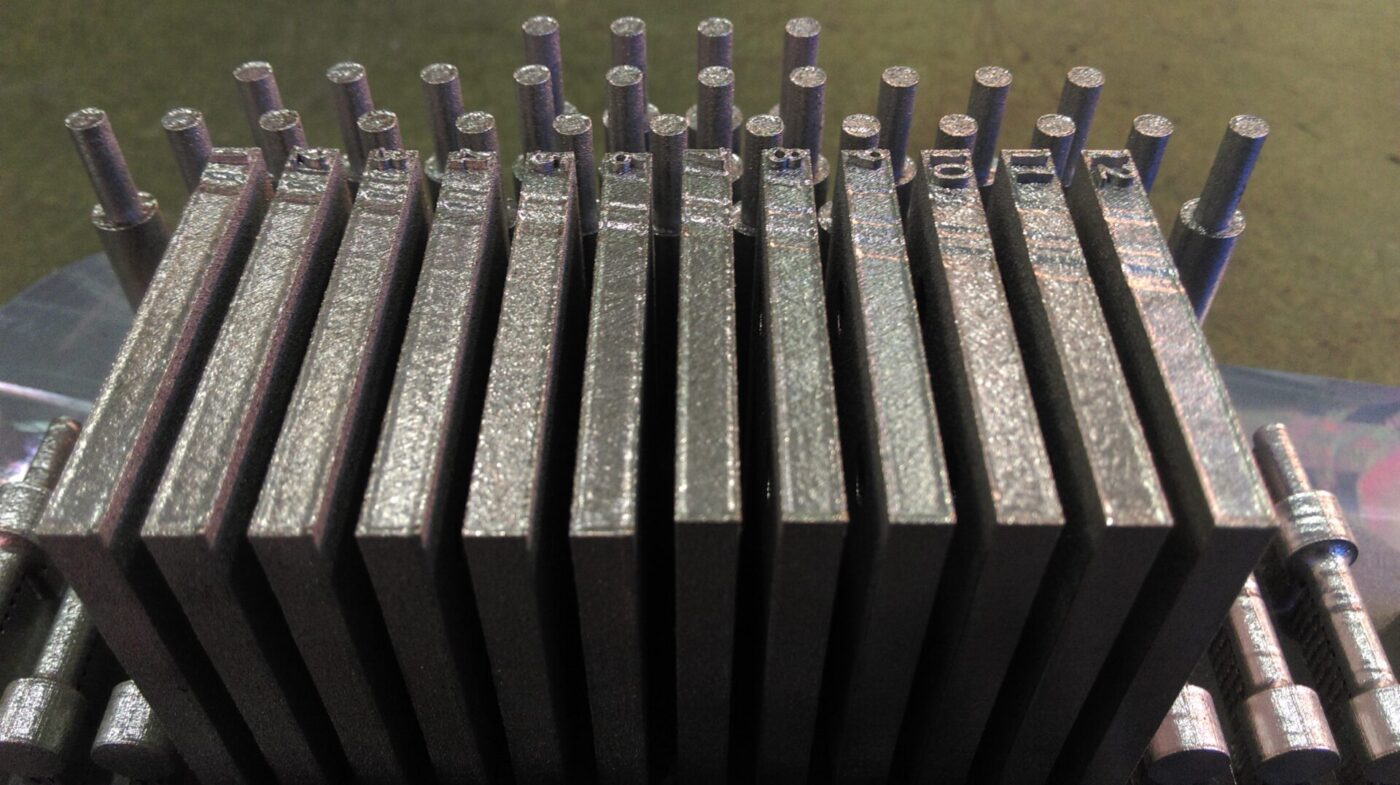
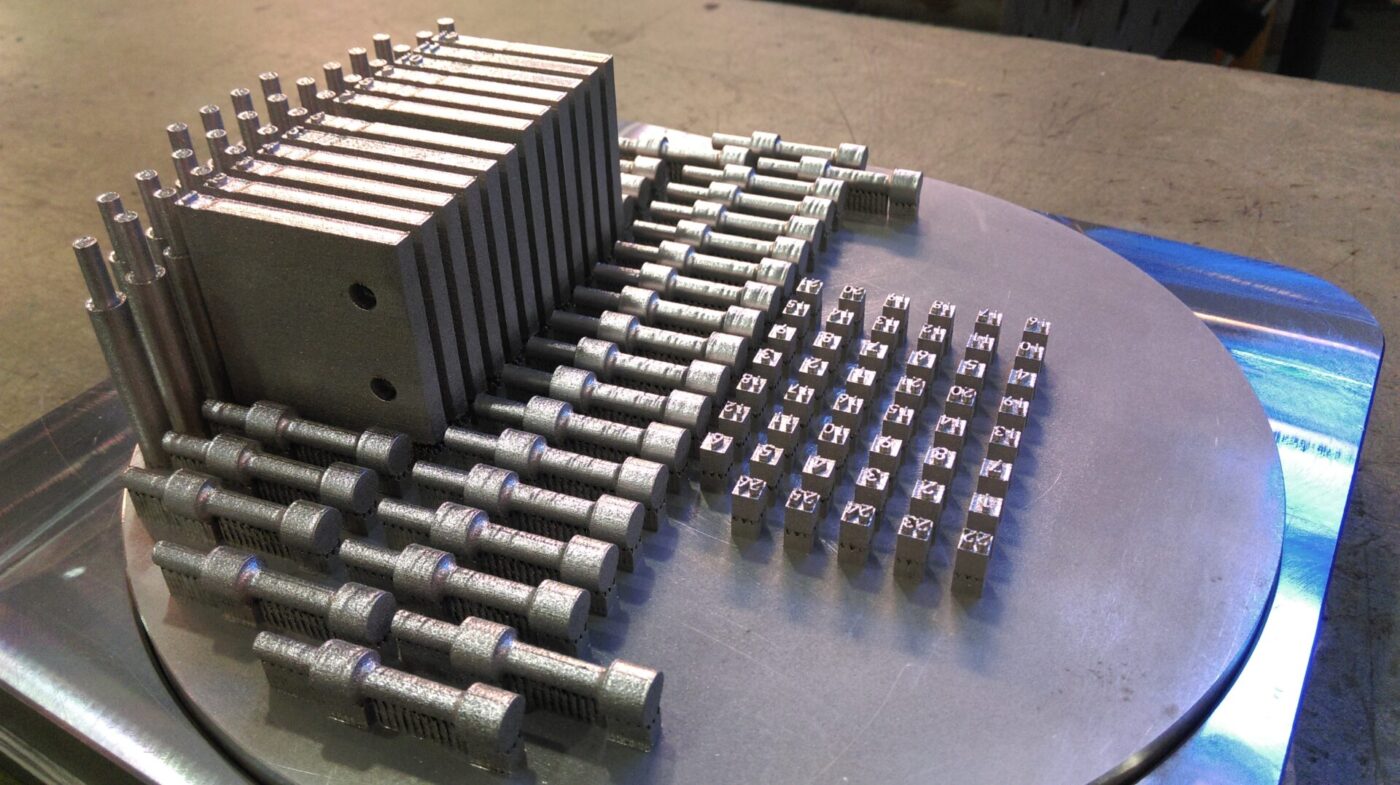
Contact us
Vegard Brøtan
Project leader
E-mail: vegard.brotan@sintef.no
Phone: +47 93 00 26 77
By designing innovative manufacturing technologies which use high amounts of recycled materials, GEAR-UP contributes to making manufacturing more sustainable and efficient.